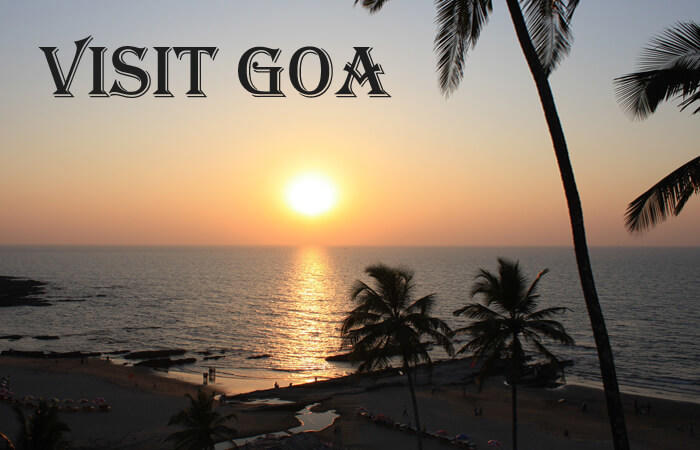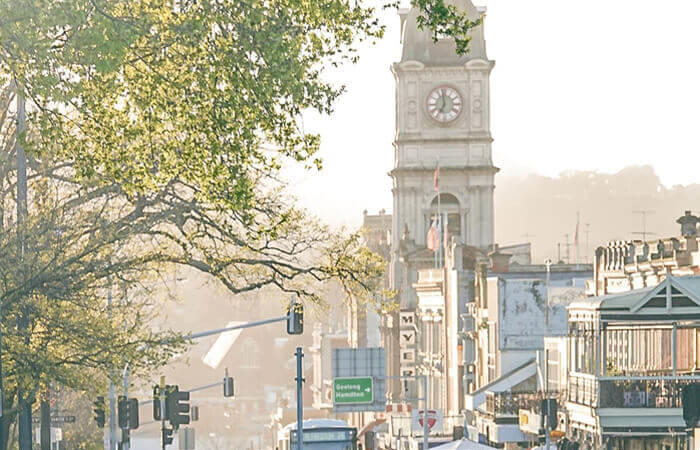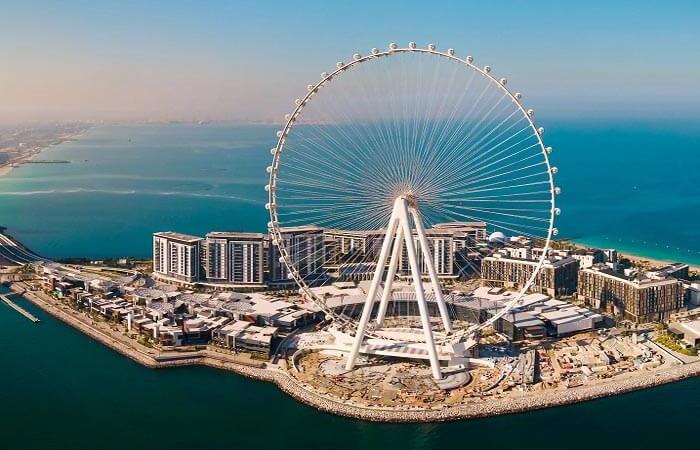Top Ten Places to visit India

India is very very diverse – probably the most diverse of countries that you will find on this earth. India presents endless varieties of physical features and cultural patterns. It is the land of many languages it is only in India people professes all the major religions of the world. In short, India is “the epitome of the world”. Many elements of India’s diverse cultures, such as Indian religions, Indian philosophy, and Indian cuisine, have had a profound impact on the world. Our top pick of the best places to see in India, which are visited by millions of Indian and international visitors.
1. Taj Mahal
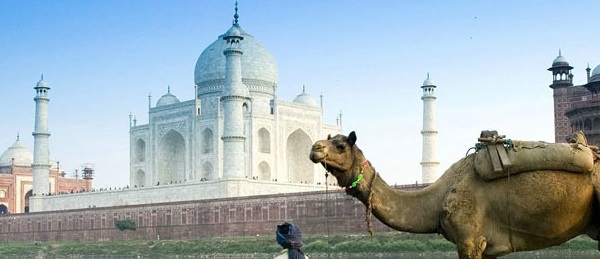
Agra’s Taj Mahal is one of the most famous buildings in the world, the mausoleum of Shah Jahan’s favorite wife, Mumtaz Mahal. Don’t miss Agra Fort and Tomb of Itimad-Ud-Daulah in Agra.
2. Golden Temple (Harmandir Sahib)
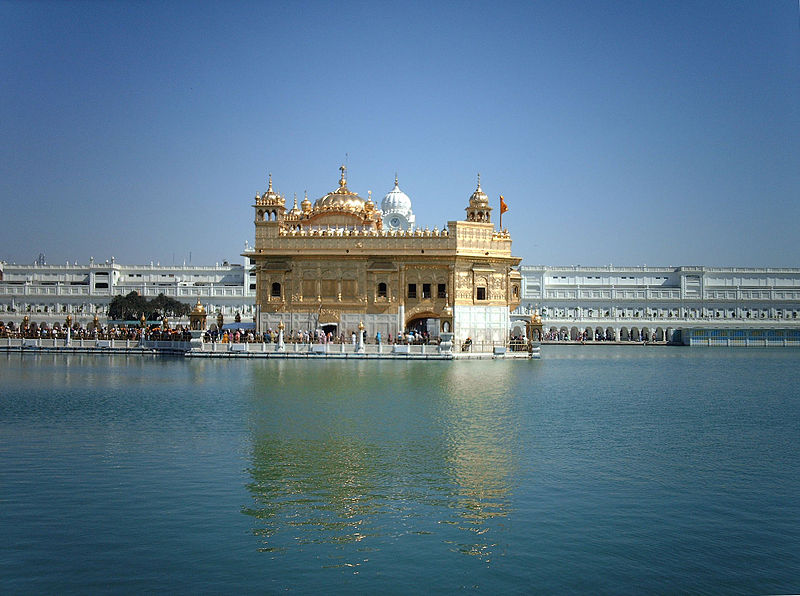
Golden Temple is the main tourist attraction in Amritsar and the most important religious place to the Sikhs.
3. Monuments: Delhi
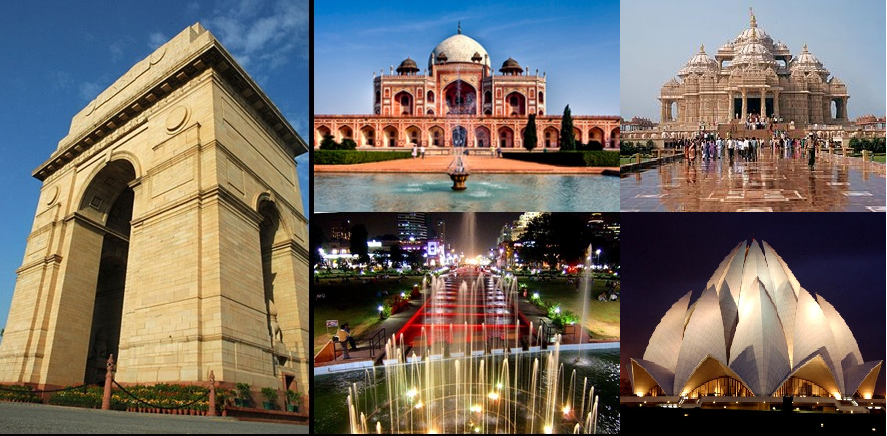
Delhi’s top attractions feature spellbinding mosques, forts, and monuments left over from the Mughal rulers that once occupied the city. The important places in Old Delhi include the majestic Red Fort. New Delhi on the other hand houses many government buildings and embassies, apart from places of historical interest.
Delhi Top attractions include:
- Red Fort
- Humayun’s Tomb
- Qutab Minar
- Bahai (Lotus) Temple
- Lodi Gardens
- Swaminarayan Akshardham Temple
- India Gate
4. Varanasi
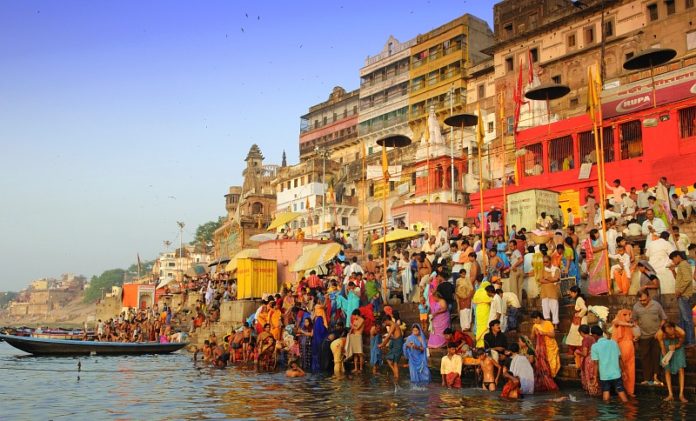
Varanasi, one of the top spiritual places in India, Uttar Pradesh is a city quite like no other. This mystical holy city openly reveals its rituals along the many riverside ghats. Varanasi is sacred to Hindus, Buddhists, and Jains and also one of the oldest continuously inhabited cities in the world.
5. Ajanta and Ellora Caves
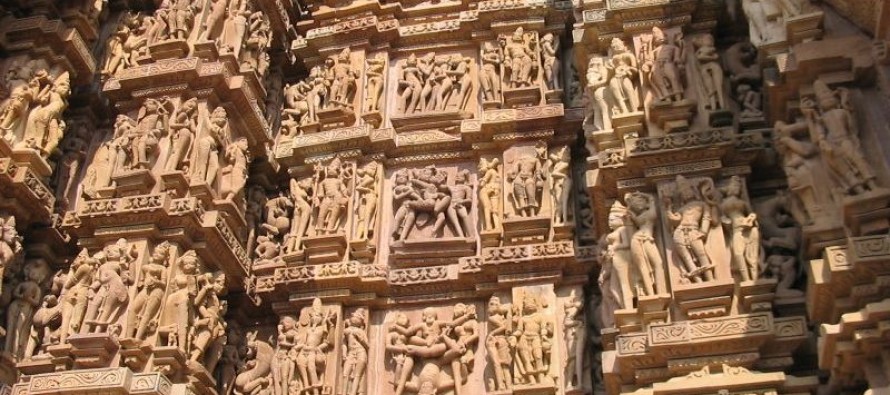
Ajantha & Ellora are 28 – 30 rock-cut cave monuments created during the first century BC and 5th century AD, containing paintings and sculptures considered to be masterpieces of both Buddhist religious art and universal pictorial art.
6. Udaipur / Jaipur

Udaipur! The famed city of lakes and palaces. Jaipur “The Pink City” Spend your days exploring City Palace, Hawa Mahal, and Amber and Jaigarh forts.
Forts & Monuments a must to visit:
- Hawa Mahal
- Amber Fort
- Jaigarh Fort
- Nahargarh Fort
- City Palace
- Jantar Mantar
- Jal Mahal
- Rambagh Palace
- Chandra Mahal, The City Palace, Jaipur
- Diwan-e-Aam, City Palace
- Central Museum, (Albert Hall Museum)
- Jain Temple – Ranakpur
- City Palace of Udaipur
- Lake Pichola
7. Goa

East meets West in this sun-soaked state, where Indian culture intertwines with Portuguese influences leftover from a 500-year occupation. Goa has two main tourist seasons: winter and summer. In the wintertime, tourists from abroad (mainly Europe) come to Goa to enjoy the splendid climate. In the summertime (which, in Goa, is the rainy season), tourists from across India come to spend the holidays.
Must place to see in Goa:
- Agonda Beach
- Cavelossim Beach
- Dudhsagar Falls
8. Munnar / Kerala Backwaters

Kerala, situated on the lush and tropical Malabar Coast, is one of the most popular tourist destinations in India. Kerala is especially known for its ecotourism initiatives, Beautiful Backwaters, and Alternative healing massages. Sprawling tea plantations surround the serene hills of Munnar, which attract adventure travelers hungry for paragliding, treks to Anaimudi (South India’s highest peak), and hikes originating at the confluence of three mountain streams.
9. Khajuraho
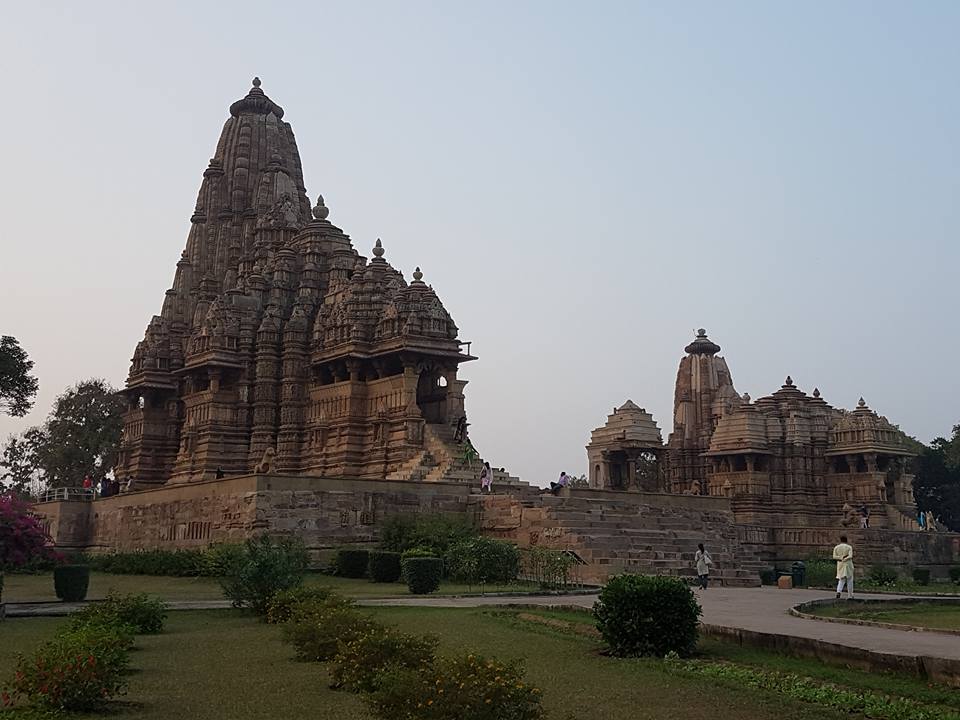
The Khajuraho group of temples combines art with eroticism, with the end result being some of the finest medieval temple art, not only in India but the world. Built around the 10th century, only about 25 of the original 85 temples remain today.
10. Kashmir / Leh
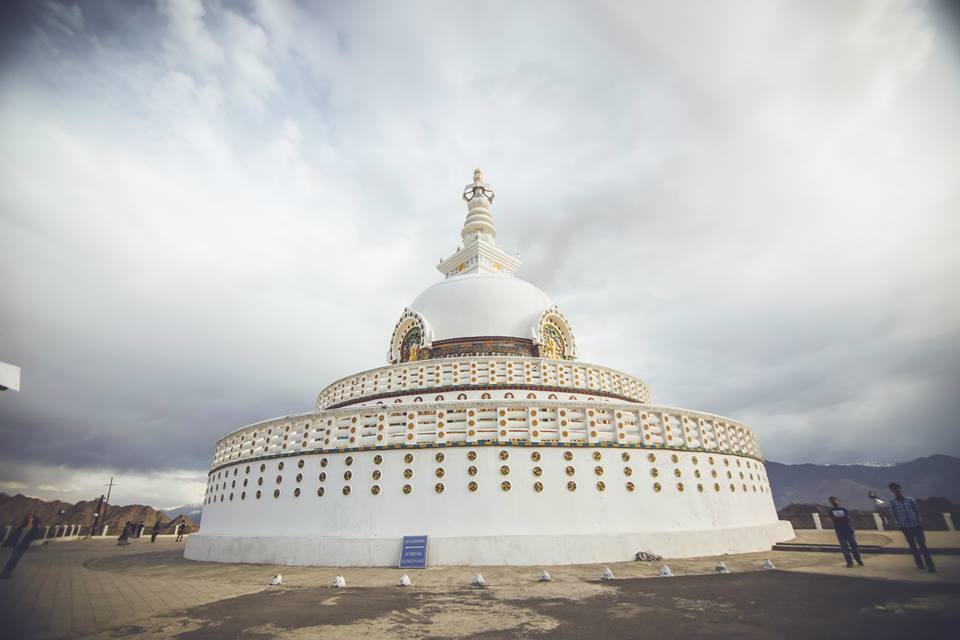
Kashmir was once called Heaven on Earth, and one of the most beautiful places in the world. Must-see places include Indira Gandhi Tulip Garden, Dal Lake, and Shankaracharya Hill. The Ladakh capital city of Leh lies near the eastern parts of Jammu and Kashmir, on the crossroads of the historic “Silk Route” from Sinkiang to West Asia and to the plains of India.


